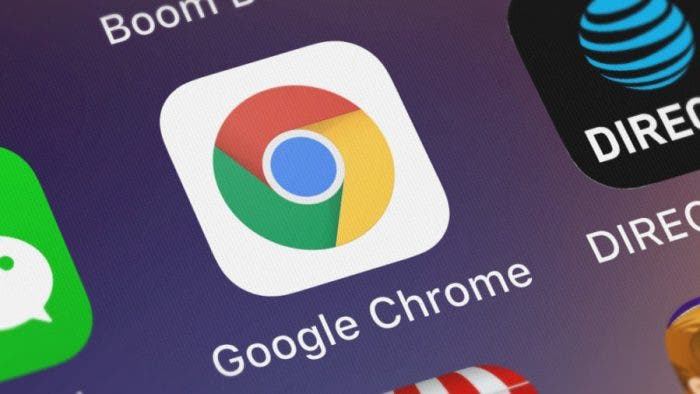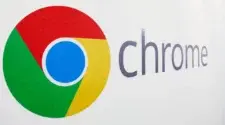Chrome 81, originally scheduled for March 17 and postponed due to an ongoing outbreak of coronavirus, finally came out. This version brings two major innovations: improved support for WebXR (Chrome Augmented Reality Technology, originally introduced in Chrome 79) and initial support for the Web NFC standard.
Other important innovations were planned, but they were postponed: the user interface redesign for Chrome web form elements is not yet ready, and the removal of support for the TLS 1.0 and TLS 1.1 encryption protocols has been postponed until Chrome 84. The decision to postpone the removal of these two protocols is related to the current COVID-19 pandemic. The lack of protocols could prevent some Chrome 81 users from gaining access to critical government health sites that still use legacy TLS 1.0 and 1.1 for their HTTPS connections.
The Chrome 81 release is one of the hardest in browser history. The developers not only had to transfer a number of functions to the next version, but also go for a three-week delay in launching this version, which disrupted the schedule of regular six-week releases of Google. Therefore, the software giant took the first of its kind step to skip Chrome 82 (work on it has been stopped) – the next version will be Chrome 83 – apparently, it will also be released not in 1.5 months, but in 2.
Google Chrome 81 for Android has arrived
Gizchina News of the week
But this does not mean that there are not enough innovations in version 81. The most important, of course, is the new Web NFC API standard. Modern smartphones already support NFC, but end users usually require a special application that runs on their device to interact with NFC tags located in the real world. The new Web NFC standard, added to Chrome, will allow websites to interact with NFC tags directly, without installing special applications on phones.
Google believes that the new Web NFC standard will be widespread, especially in Chrome for Android, where it can be used in various scenarios. At the moment, this feature will not be widely available to all users, but it will already be tested in real conditions. Developers have the opportunity to create applications using the new Web NFC standard, see how it works, and share information with the Chrome team before a wider launch. Users will have access to Web NFC starting with Chrome 84.
Despite maintaining TLS 1.0 and TLS 1.1, Chrome 81 improves the security of HTTPS connections differently. Chrome 81 is the final step in removing mixed HTTPS content from the web. Mixed HTTPS content refers to web pages where content such as images, JavaScript code, or stylesheets can be downloaded via both HTTP and HTTPS. This process began in Chrome 79, and ends in Chrome 81. Now even the browser will necessarily try to download images via HTTPS on such sites. It will block them in case of failure.
You can read more about minor changes and fixes in Chrome 81 on the Google Blog page. You can download the desktop version of the browser from the official site, and the Android version from Google Play.




